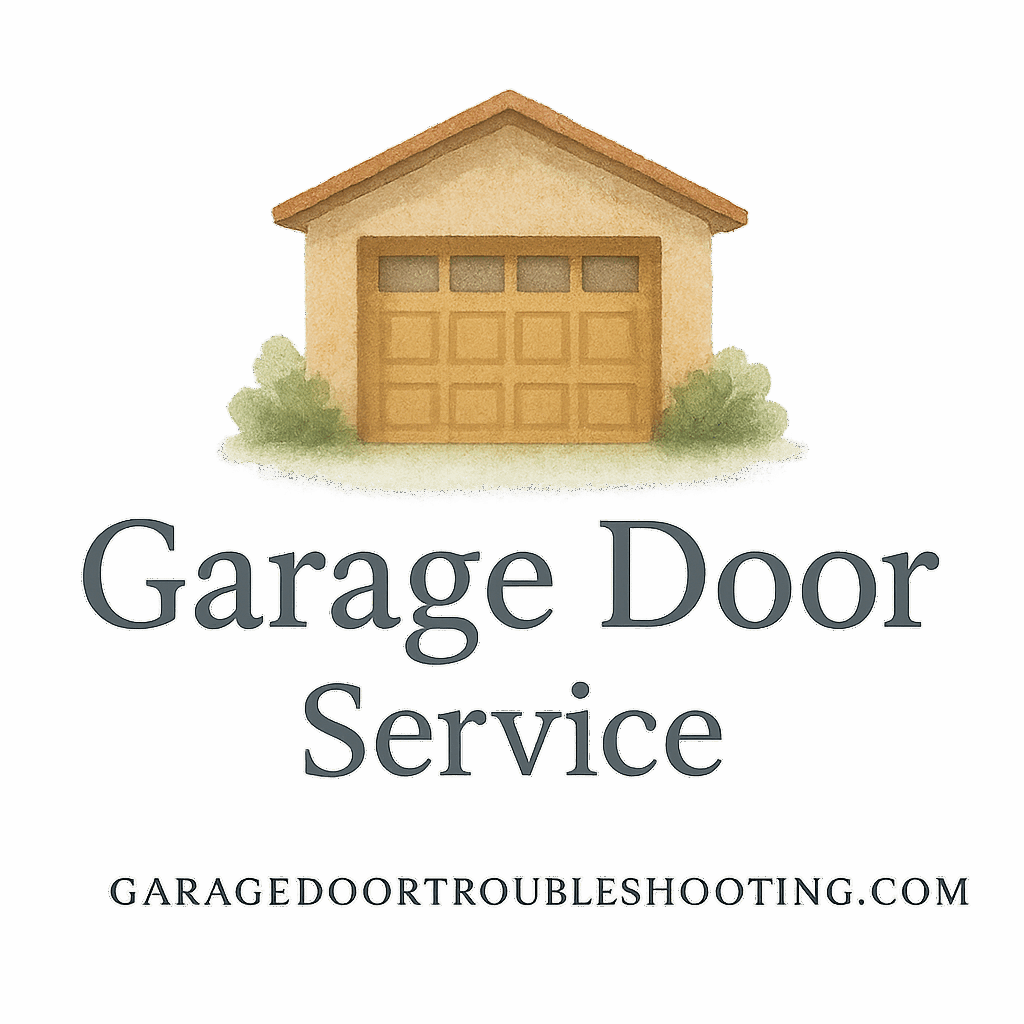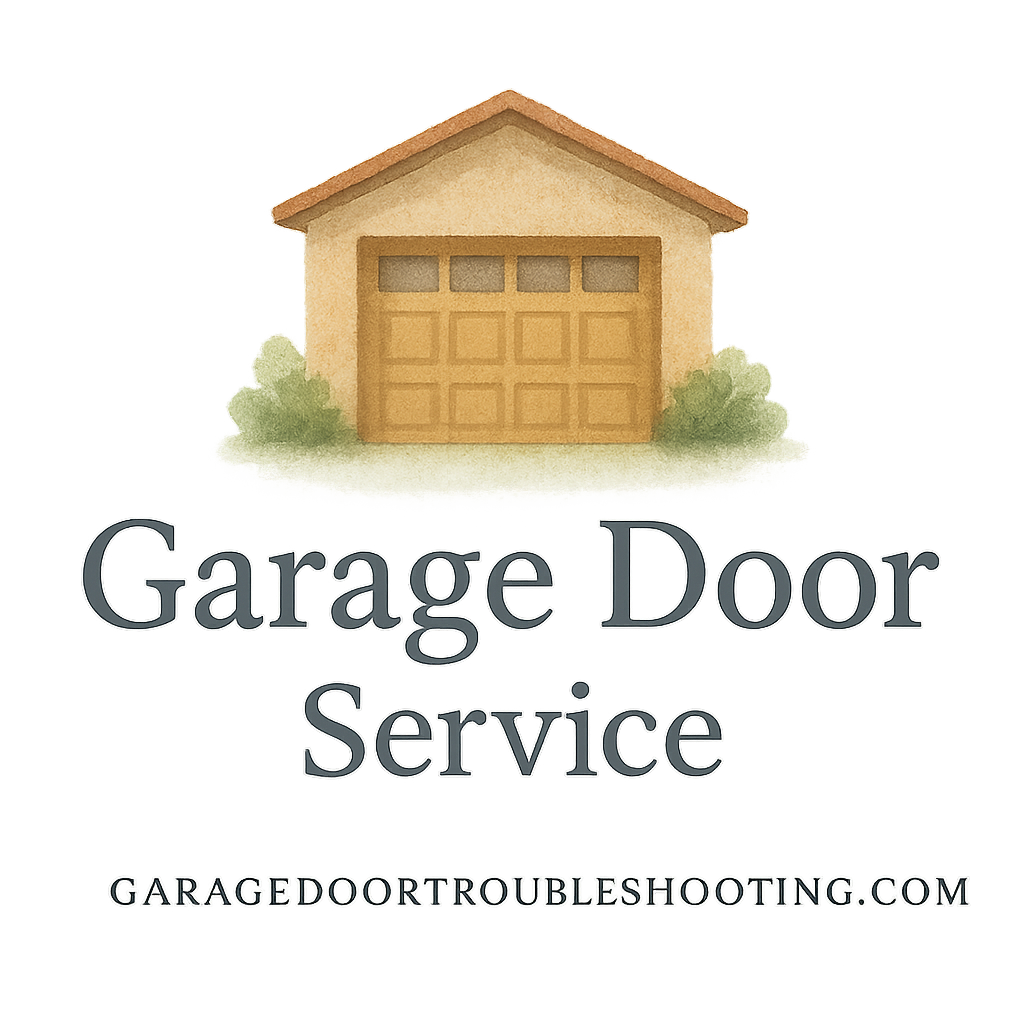Introduction: Why Garage Door Springs Are Tricky
When it comes to garage doors, the springs are the real powerhouses. They’re small compared to the door itself, but they do the heavy lifting every single time you press that button. The problem? They’re also the most dangerous part of the system to mess with. Many homeowners attempt DIY spring garage door repairs only to discover—sometimes painfully—that it’s not as simple as it looks.
If you’re tempted to grab a wrench and fix your own springs, let’s go through the nine most common mistakes people make so you can avoid them.
Understanding the Role of Garage Door Springs
Before we dive into mistakes, it’s worth knowing what these springs actually do.
Torsion vs. Extension Springs
There are two main types of garage door springs: torsion (mounted horizontally above the door) and extension (stretching along the tracks). Both work under intense tension to balance the heavy door. Messing up with either type can send that door crashing down or cause a serious injury.
Why Springs Are Under Dangerous Tension
Imagine pulling back a giant slingshot. That’s what your garage springs are doing every day—storing and releasing energy. If that tension snaps back unexpectedly, the results aren’t pretty. That’s why DIY spring garage door repairs need extra caution—or better yet, professional help.
Mistake #1: Skipping Safety Precautions
Safety should be your first step, not an afterthought.
Ignoring Protective Gear
Many DIYers dive into repairs without gloves, safety glasses, or even closed-toe shoes. One slip, and a spring can send metal shards or tools flying your way.
Forgetting to Disconnect Power
Your garage door opener is basically a motorized assistant. If it decides to run while you’re adjusting springs, you’re in for chaos. Always disconnect power before starting.
(Related: Check out Garage Door Safety & Security for more tips on staying safe.)
Mistake #2: Using the Wrong Tools
A flathead screwdriver is not your all-purpose solution.
Why Proper Winding Bars Matter
Springs require specific winding bars to adjust safely. Substituting with random rods or screwdrivers increases the chance of slipping.
Common Tool Substitutions That Fail
DIYers often grab pliers, cheap socket sets, or even crowbars. The result? Stripped bolts, unstable springs, and a project gone wrong.
For tool advice, you can explore Garage Door Installation Advice.
Mistake #3: Incorrect Spring Sizing
Think “a spring is a spring”? Not quite.
The Dangers of Installing the Wrong Spring
Using the wrong size spring means your door won’t balance properly. Too strong, and the door flies up dangerously. Too weak, and the opener strains until it burns out.
How to Measure Springs Properly
Measuring diameter, length, and wire thickness is essential. Professionals rely on detailed guides to get it right—guessing won’t cut it.
(See our Buying Guide for more insights.)
Mistake #4: Attempting Repairs Without Knowledge
Confidence is great. Blind confidence? Not so much.
Watching a Video ≠ Real Training
Yes, YouTube is full of tutorials. But what works in one garage may not fit your door type, spring model, or opener system.
Reading Manuals and Professional Advice
Manuals and step-by-step guides can help. Still, even with good instructions, spring repair requires skill. For reliable walkthroughs, check out Garage Door Repair Guides.

Mistake #5: Over-Tightening or Under-Tightening Springs
Balance is everything.
Effects on Balance and Door Operation
A poorly wound spring throws your door off balance. That means jerky movements, uneven lifting, or the door refusing to stay open.
Long-Term Wear and Tear Issues
An incorrectly tensioned spring wears out parts like cables, rollers, and even your opener. You may save money today, but repairs tomorrow will be much costlier.
Mistake #6: Ignoring Maintenance Before Repairs
Sometimes the issue isn’t the spring—it’s the lack of care.
Lubrication Problems
Dry springs squeak, grind, and wear out faster. A bit of garage door lubricant can add years to their life.
Neglecting Visual Inspections
Cracks, rust, and stretched coils are warning signs. Spotting them early prevents bigger disasters later.
For a checklist, see Garage Door Maintenance Tips.
Mistake #7: Forgetting About Garage Door Safety Features
Skipping Sensor Checks
Your sensors are designed to stop the door if something—or someone—is in the way. After tinkering with springs, failing to realign sensors is risky.
Failing to Test Auto-Reverse
If your door doesn’t reverse when hitting an object, that’s a hazard waiting to happen. Always test this feature after any repair attempt.
(Explore more in Homeowner Tips.)
Mistake #8: Not Asking for Professional Help When Needed
When DIY Becomes Dangerous
If the project feels overwhelming, stop. Springs can snap with the force of hundreds of pounds.
Benefits of Professional Garage Door Services
Hiring experts ensures the job is done safely and correctly. Professionals also spot hidden issues you might miss. You can find trusted providers at Garage Door Services Professionals.
Mistake #9: Overlooking Family and Child Safety
Children Around the Garage During Repairs
Kids are curious, but garages are not playgrounds. Never let children watch or “help” during spring repairs.
Communication and Family Precautions
Tell everyone at home what you’re doing. That way, nobody opens the door or walks in unexpectedly mid-repair.
For family-focused advice, check out Childproof and Family guides.
How to Avoid These DIY Spring Garage Door Repairs Mistakes
Planning and Preparation
Have a clear step-by-step plan. Double-check tools, measurements, and safety precautions before touching the springs.
Building a Maintenance Plan
Long-term care saves you from repeat repairs. Create a seasonal checklist: lubricate, inspect, and test safety features regularly. You can build one with help from our Maintenance Plan resources.
Conclusion
Tackling DIY spring garage door repairs is not like painting a wall or fixing a leaky faucet. It’s a high-stakes job that combines heavy weight, high tension, and serious safety risks. While some homeowners manage minor adjustments, many of the common mistakes we’ve covered can lead to injuries, costly damage, or both.
The takeaway? Know your limits, respect the danger, and when in doubt, don’t hesitate to call a professional. After all, peace of mind is worth more than saving a few dollars.
FAQs
1. Why are garage door springs so dangerous to repair?
Because they’re under extreme tension, one slip can release enough force to cause severe injury or damage.
2. Can I replace just one spring instead of both?
Technically yes, but it’s highly recommended to replace both so they wear evenly and maintain balance.
3. How often should I inspect my garage door springs?
At least twice a year—spring and fall are great times. Look for rust, gaps, or unusual noises.
4. Are there safe DIY garage door repairs?
Yes! Simple tasks like lubricating tracks, tightening bolts, or testing safety sensors are safe for most homeowners.
5. What tools are essential for spring replacement?
Proper winding bars, sturdy clamps, and socket wrenches designed for garage doors. Avoid makeshift tools.
6. When should I call a professional for garage door repairs?
If the spring is broken, if the door is unbalanced, or if you’re unsure about the process. It’s safer (and often cheaper in the long run).
7. How much does professional spring repair usually cost?
On average, between $150–$350 depending on your location and type of spring. It’s a small price for guaranteed safety.


